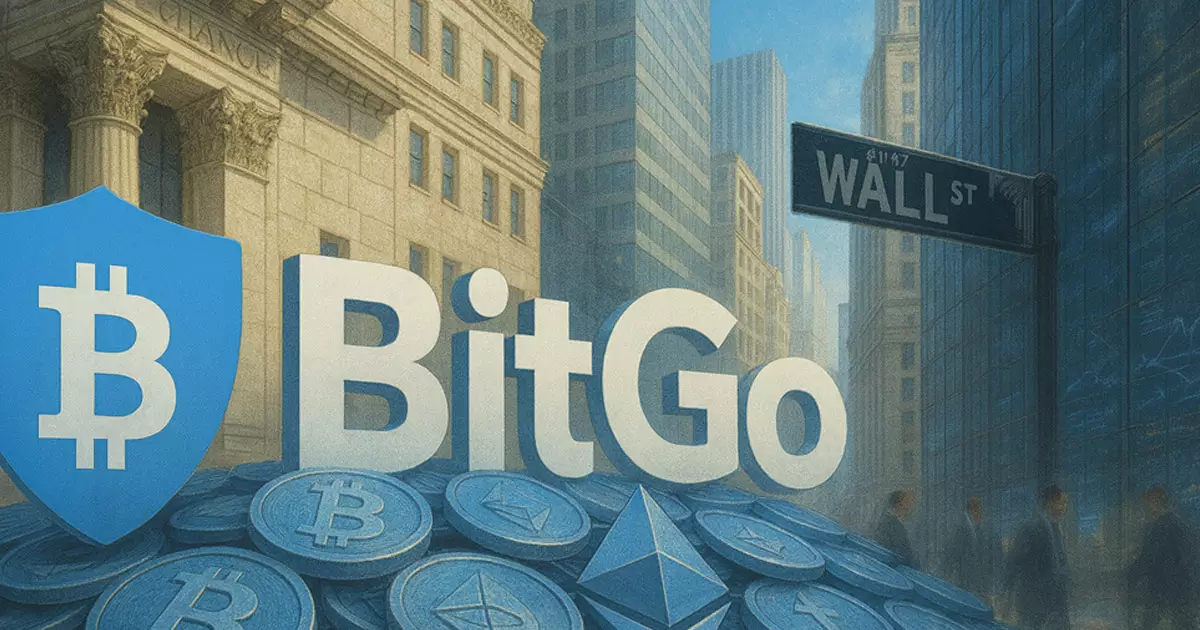BitGo’s recent move to file confidential paperwork for an IPO signals a bold assertion: that digital asset firms are ready to step into traditional financial markets. However, this leap must be critically examined. While the company underscores a burgeoning global crypto market—surpassing $4 trillion in capitalization—the sector’s true maturity remains questionable. Is this just a superficial layer of legitimacy designed to attract mainstream investors, or does it denote genuine confidence in the underlying technology and regulatory environment? The reality is more complex. Crypto still grapples with endemic volatility, regulatory uncertainty, and skepticism from traditional financial institutions. The fact that BitGo seeks to access public markets indicates a desire to mainstreamize digital assets, but it also risks overextending its credibility in an environment riddled with unpredictable regulatory shifts.
The Illusion of Regulatory Readiness
BitGo’s strategic moves—obtaining EU-wide approval under MiCA and seeking a US national bank charter—appear to be steps toward regulatory compliance. Yet, these milestones alone do not guarantee stability or acceptance. The EU’s MiCA framework, while a step forward, still leaves critical gaps in regulatory clarity, especially regarding enforcement and cross-border consistency. Attempting to navigate these waters, BitGo aims to appeal to European financial institutions seeking regulated crypto options. But the question remains: will these regulatory approvals translate into tangible trust? Even with an EU-wide license, many banks and funds remain wary of digital assets, citing concerns over security, volatility, and regulatory failure. Moreover, U.S. regulators have historically been cautious and sometimes unpredictable, and gaining a national bank charter does not automatically mean smooth sailing. The industry’s reliance on regulatory approval as a silver bullet is a dangerous misconception; true acceptance depends on widespread institutional confidence and proven stability.
The Risks of a Virtue Signaling Strategy
The market’s recent rally, exemplified by Bitcoin’s climb above $120,000, has certainly fueled optimism among crypto players. Yet, this “bull market” is not a guarantee of long-term sustainability. Companies like BitGo, who jump into IPO processes amid euphoric conditions, may be succumbing to hype rather than strategic readiness. It’s as if they’re riding the wave of institutional interest and retail fervor without fully addressing the core issues: regulatory uncertainty, operational transparency, and technological robustness. This eager pursuit of legitimacy could serve as a form of virtue signaling—presenting cybersecurity, compliance, and innovation as sufficient shields against systemic risk. However, history shows that the crypto sector’s inherent volatility and susceptibility to regulatory crackdowns threaten to undo even the most well-funded ventures. Rushing into the public markets under these circumstances risks exposing investors and the broader financial system to avoidable shocks.
The Strategic Limitations of Market Expansion Tactics
BitGo’s international ambitions, supported by EU authorization, reveal a keen understanding of diversification, but also highlight its dependence on navigating complex regulatory layers. While successful expansion into Europe positions the firm favorably, it also exposes vulnerabilities—regulatory fragmentation, geopolitical tensions, and potential legal crackdowns—traits that could undermine its plans. Additionally, the effort to attain a U.S. bank charter, while potentially transformative, remains a double-edged sword. Such a move grants access to traditional banking infrastructure but also invites increased scrutiny and governmental oversight, which could hamper innovation and operational agility. Rather than a strategic advantage, these efforts might be premature theatrics—meant to impress investors rather than ensure sustainable growth. The eagerness to stake claims on the regulatory frontier overlooks the ongoing risks that regulatory bodies could reverse course or impose restrictions, turning what seems like a strategic victory into a costly gamble.
In essence, BitGo’s IPO ambitions should be viewed through a skeptical lens. While the company leverages regulatory achievements and market optimism to position itself as a crypto-sector leader, it risks overestimating the sector’s resilience and undervaluing the fragility beneath the veneer of progress. The true test will be whether these moves translate into operational durability and widespread institutional acceptance—an uncertain prospect in a market still deeply haunted by instability and systemic risk.

